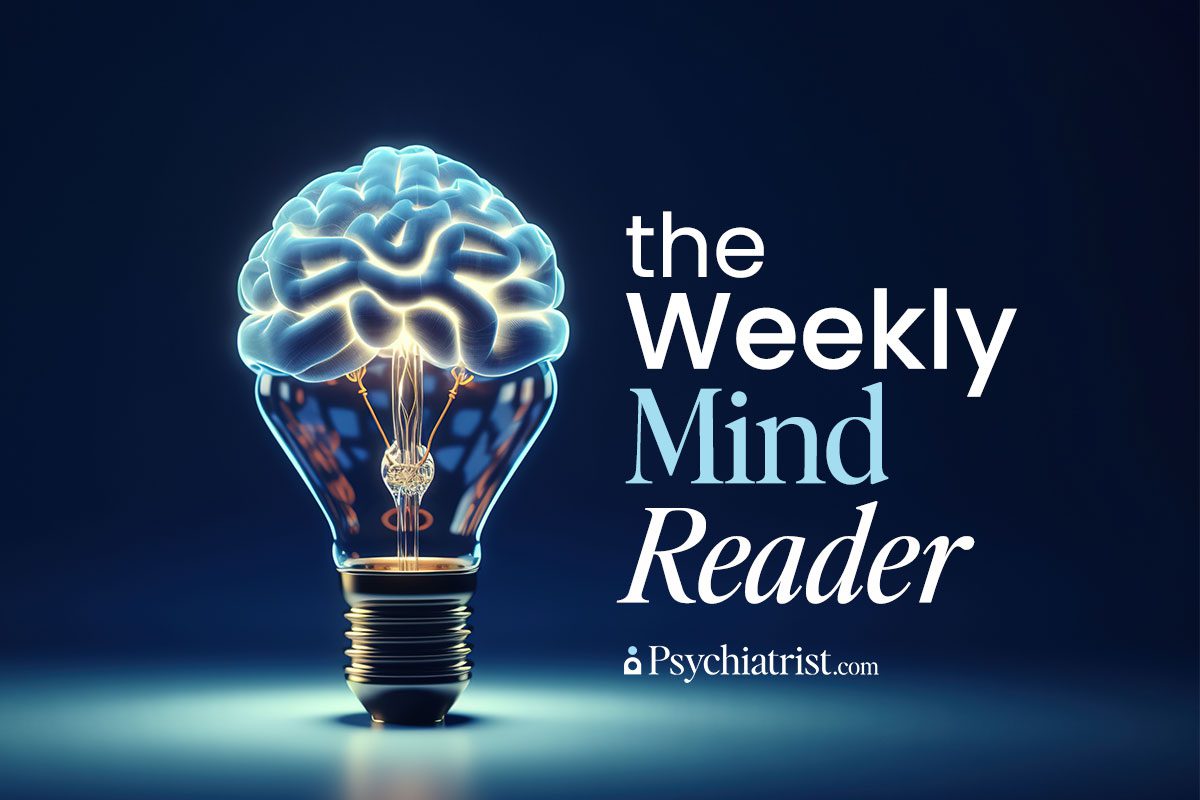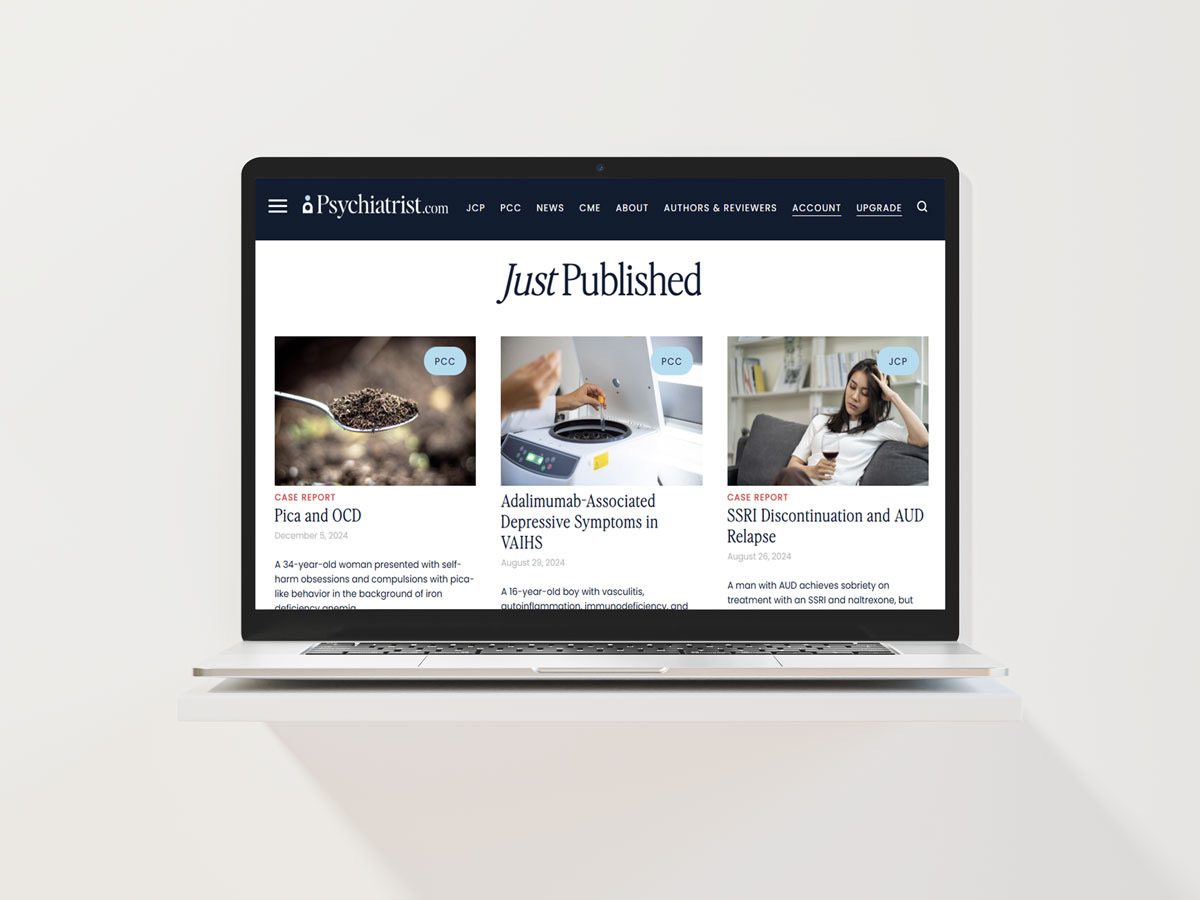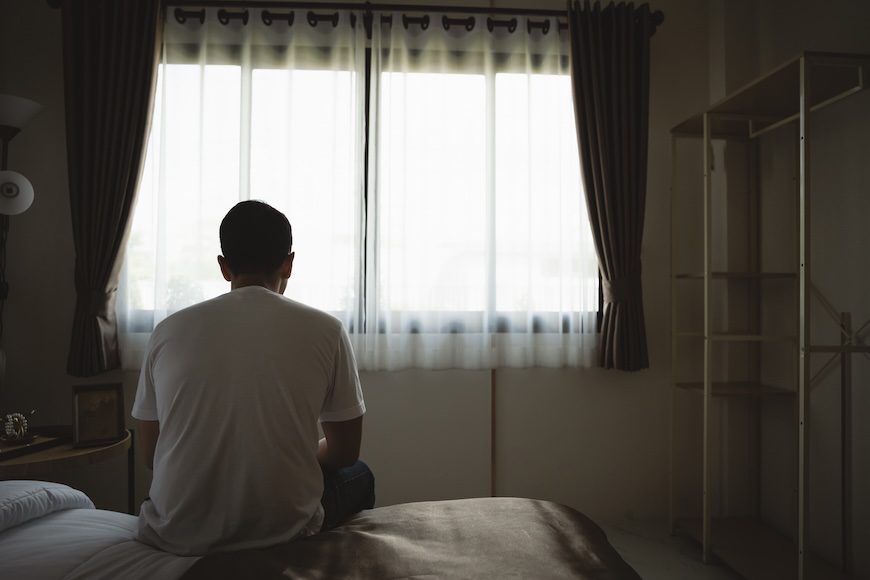We’ve debated the pros and cons of the rise of the smartphone – and the swarm of social media platforms that followed – almost since its inception. But its legacy will almost certainly be the wildfire of misinformation that its ignited. We now live in an era when the most fringe conspiracy theories have room to breathe (and spread) with a single tweet, Reddit post, or messaging app.
In late 2024, as the world watched a U.S. election drowning in “fake news,” a Pew Research Center survey found that more that half of Americans (52%) admitted that “they generally find it difficult to determine what is true and what is not when getting news about the election.” More than a quarter of those polled – 28% – said that they’d struggled to find reliable information about the election.
It should probably come as no surprise then that there’s been a surge of support for a crackdown on misinformation. A separate Pew survey showed that “the share of U.S. adults who say the federal government should restrict false information has risen from 39% in 2018 to 55% in 2023.”
Who’s Most Vulnerable to Misinformation?
This growing ecosystem of fake news prompted a group of British and Canadian researchers to wonder who’s most susceptible to that misinformation.
The study, which appears in Personality and Individual Differences, included 66,000 participants pulled from two dozen countries. The team relied on the Misinformation Susceptibility Test (MIST) — a meticulous behavioral assessment that tracks how well individuals can distinguish between real and fake news headlines.
The researchers also asked the study participants to rate themselves on how well they thought they could spot misinformation.
What they found is a comprehensive – if startling – picture of how age, gender, education, and (of course) political leanings inform misinformation vulnerability.
“No matter who you are, no matter what you think you know, none of us is immune to misinformation,” senior author and University of B.C. assistant professor of psychology Friedrich Götz, PhD, said. “People should realize that all of us are exposed to misinformation on a regular basis, and all of us are likely to fall for it at some point.”
The Digital Natives Are Clueless
Despite growing up in this environment, Generation Z appears to be the group most vulnerable to misinformation. They performed worse on the MIST than every other generation – even Baby Boomers. But they also were the most accurate in assessing their own ability to detect fake news. It’s a puzzling dichotomy that suggests self-awareness doesn’t necessarily equal ability. Obviously, these results challenge the long-held assumption that younger social media users – or digital natives – are inherently more digitally literate.
“There’s still this widespread misconception that digital natives are better at navigating these environments,” Götz added. “That has been debunked in the academic world for quite a few years, but I don’t think it has translated into public consciousness.”
The researchers blame the low quality of information these younger consumers encounter day in and day out.
Gender, Education, and Politics Matter
The data laid bare some gender-related trends, such as:
- Men out-performed women and non-binary individuals on average.
- Women, however, estimated their own detection skills more accurately.
- Conversely, men – and extreme conservatives in particular – tended to overestimate their ability to tell real from fake news.
Education emerged as a crucial shield against misinformation. Those with higher levels of formal education consistently scored better on the MIST. In fact, those who held graduate or professional degrees were the least susceptible to fake news. Similarly, those who only had a high school diploma were the most vulnerable.
Notably, political orientation also played a major role. Participants who identified as more conservative were, on average, more susceptible to misinformation than their liberal counterparts. The gap was wider among those who described themselves as “extremely conservative.”
Confidence ≠ Competence
Interestingly, the study found that participants who rated their misinformation-detection skills highly were generally better at discerning fake news — except among a few demographic sets. Extreme conservatives, for example, showed a jarring disconnect between confidence and performance.
Meanwhile, individuals with some university education (but without degree) were just as realistic in assessing their skills as those with only a high school education. On the other hand, those with degree holders typically misjudge their ability.
Finally, while the researchers established the United States as the reference point for country-level comparisons, participants from Belgium, Canada, Finland, the Netherlands, and Sweden performed just as well as the Americans.
That being aside, other international participants – from China, Germany, and several non-English-speaking nations — scored much lower. The authors figured this disparity could be chalked up to MIST being an English-only exam.
Why Misinformation Matters
Pushing back against misinformation remains a global priority. These study results add some long-overdue nuance to that effort by identifying who is most at risk — and who might be most overconfident in their ability to spot fake headlines.
“My sense is that not all democracies right now are really trying to address this problem. Worse yet, in the polarized world we live in, some actors, including politicians, may deliberately weaponize it,” Götz said. “But if a government acts in good faith and wants to solve this problem in society, then I think they could use this study to raise awareness and move to more intervention-based research.”
The study’s authors advocate for wider use of validated tools – such as the MIST – in public education efforts and call for the development of multilingual versions to further enhance global understanding of misinformation vulnerability.
Further Reading
No Surprise. Unplugging From Your Smartphone Is Good For You.



